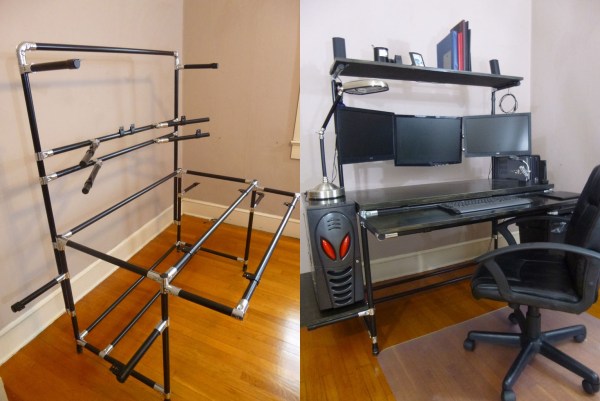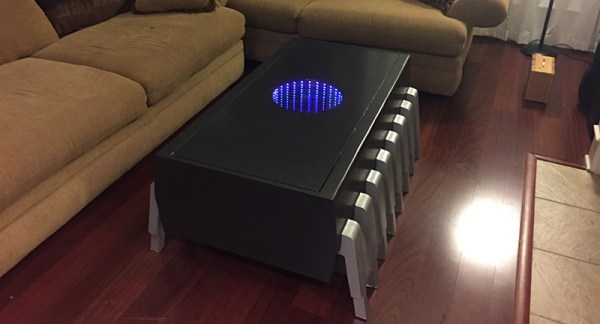[Michal Zalewski] has radiation on the brain. Why else would he gut a perfectly-horrible floor lamp, rebuild the entire thing with high-power RGB LEDs, and then drive it with a microcontroller that is connected up to a Geiger-Müller tube? Oh right, because it also looks very cool, and Geiger tubes are awesome.
If you’ve been putting off your own Geiger tube project, and we know you have, [Michal]’s detailed explanation of the driver circuit and building one from scratch should help get you off the couch. Since a Geiger tube needs 400 volts DC, some precautions are necessary here, and [Michal] builds a relatively safe inverter and also details a relatively safe way to test it.
The result is a nice piece of decor that simultaneously warns you of a nuclear disaster by flashing lights like crazy, or (hopefully) just makes a nice conversation piece. This is one of the cooler Geiger tube hacks we’ve seen since [Robert Hart] connected up eighteen Geiger tubes, and used them to detect the direction of incoming cosmic rays and use that to compose random music (YouTube, embedded below).
[Michal] is also author of the most excellent Guerrilla Guide to CNC Machining and keeps good tabs on his background radiation.
Continue reading “Mood Lamp Also Warns Of Nuclear Catastrophe”

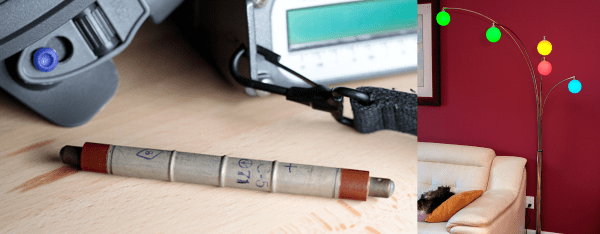
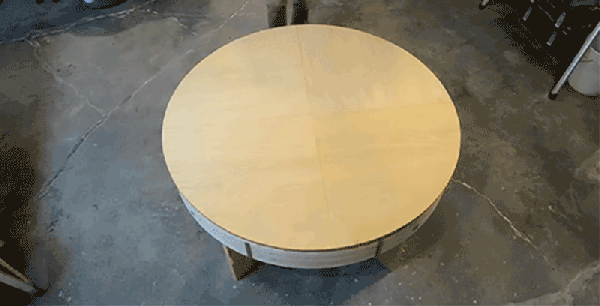


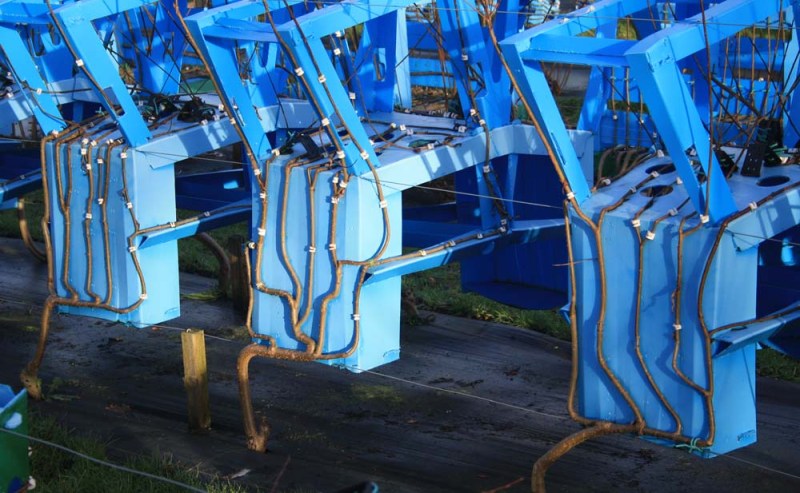 together to continue growing into one solid piece. When the chair is mature, the leaves are removed, the chair is cut free from the ground, and with a little seasoning and finishing, you’ve got a unique and functional chair. And what’s more, since it’s a solid piece of wood, there are no joints to loosen over time.
together to continue growing into one solid piece. When the chair is mature, the leaves are removed, the chair is cut free from the ground, and with a little seasoning and finishing, you’ve got a unique and functional chair. And what’s more, since it’s a solid piece of wood, there are no joints to loosen over time.